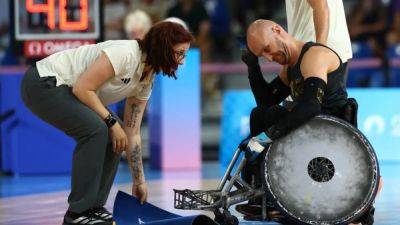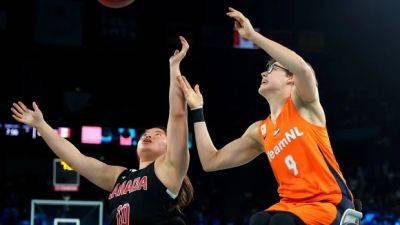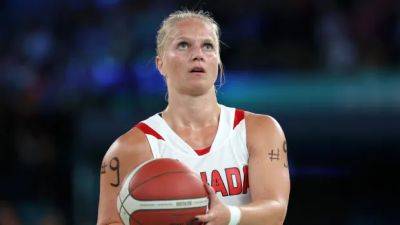Explaining impairment classification at the Paralympic Games
Canada can win its first medals of the Paris Paralympics on Thursday.
Track cyclist Keely Shaw and Kate O'Brien will compete in the women's C4-5 500-metre time trial, with heats at 6 a.m. ET and the final at 9:45 a.m. ET. Swimmer Aurélie Rivard can win her third consecutive medal in the women's S10 50 freestyle at 1:47 p.m. ET.
That's mostly straightforward — the first podium appearance for Canada at any Games is always noteworthy, and that trio presents a strong opportunity for just that — but what are those letter/number modifiers that precede the event name?
The simple answer is that they indicate classification. There are 10 impairments that make athletes eligible to compete in the Paralympics — eight are physical, one is visual and one is intellectual.
In sports such as swimming and athletics, there are categories available for all 10 forms of impairments. But in others such as goalball, only the visually impaired compete. Things are made even easier in the latter as all athletes are blindfolded, though they are still categorized based on their level of vision.
Swimmers are organized into different categories depending on the severity of their disability. The S10 category in which the decorated Rivard swims is for those with minimal physical impairments. The 28-year-old Canadian, for example, was born with an underdeveloped left hand.
WATCH | Let's talk ParalympICKS with CBC Sports' Michelle Salt and Brian Hnatiw:
In Shaw's case, the C4 classification could include athletes with a below-knee amputation and a prosthesis on one leg. Shaw herself has left-side paralysis.
In general, a higher number denotes a less severe disability. The S1 category in swimming mostly includes athletes who use a wheelchair and/or








